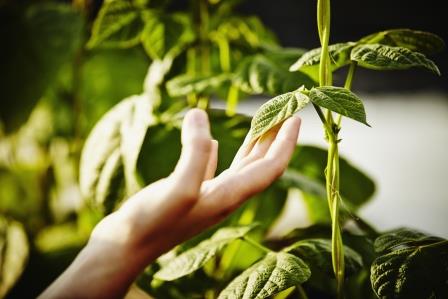Natural photosynthesis is considered a good target for solar energy conversion, but it’s already considered old hat. Harvard scientists have developed a leaf-like system that should be more effective at converting solar energy than plants themselves. The technology boils down to a jar of bacteria (Ralstonia eutropha), a cobalt water-splitting system and a pair of electrodes. When you send electricity through this partly biological system, the electrodes turn the water into hydrogen gas that you can use for fuel and carbon-based materials. It’s only 10 percent efficient, but that’s better than the widely established 8 percent baseline for real-world performance.
The big obstacle? It’s not certain how well this bionic technology would work once put into practice. Researchers note that they still have to find a way to connect the system to solar cells. Also, there’s the not-so-small matter of how it works in differing climates. This technique would thrive in a temperate environment, but it wouldn’t last in extreme temperatures. If it does pan out, however, it could give developing regions a cheap, eco-friendly way to not only produce energy, but store it at times when the Sun won’t cooperate.
(32)

